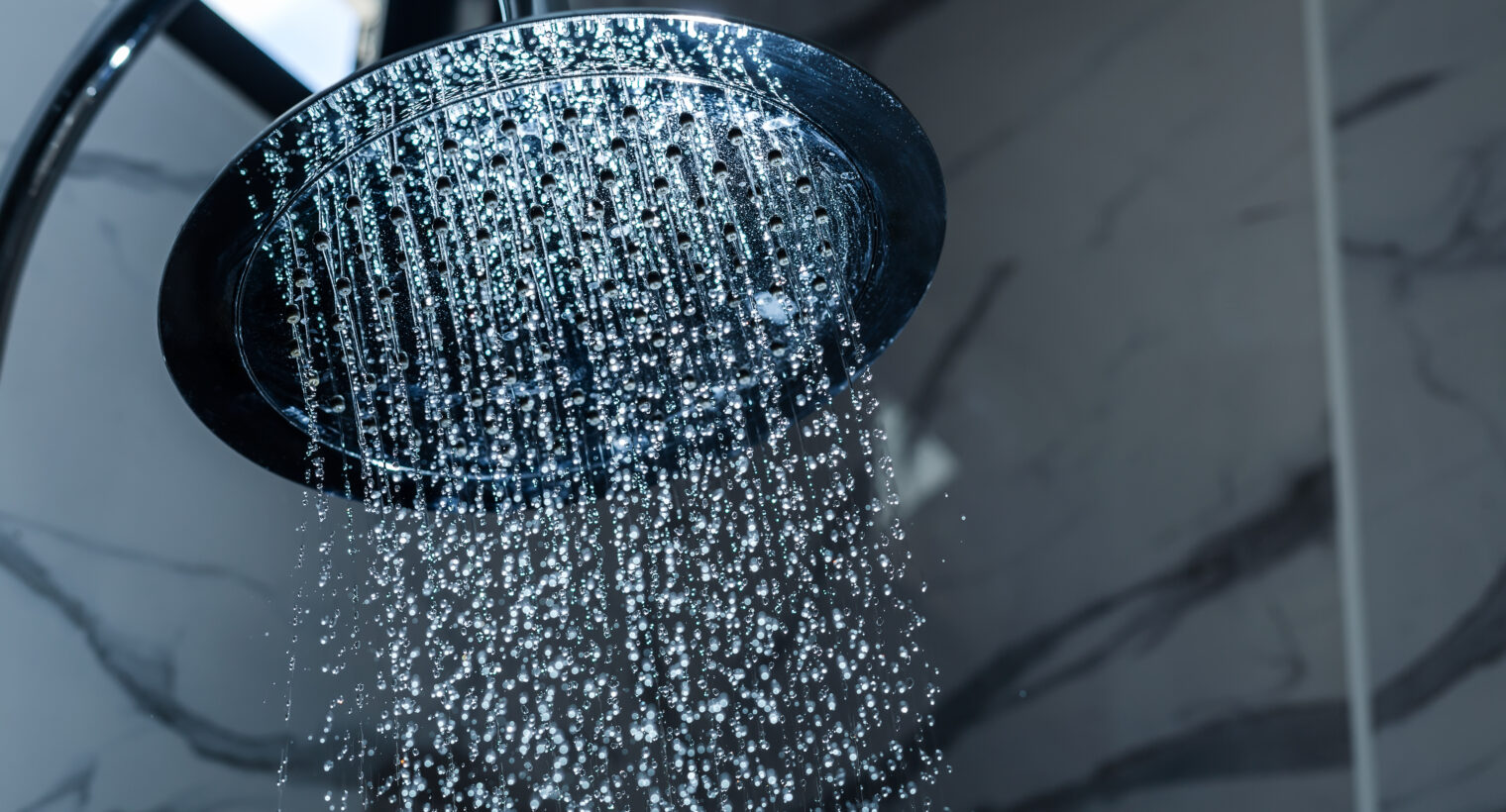This article is your complete guide to understanding the ins and outs of a low-flow shower head. Low-flow showerheads are designed to reduce water consumption during showers while maintaining satisfactory water pressure. Knowing exactly what a low-flow showerhead is and if it impacts your shower experience is an important thing to know before investing in one. In this article, we are going to explore everything you need to know about low-flow shower heads. From water-saving benefits to the impact on shower quality and the installation process.
Here at The Energy Professor, we want to give you the information you need to not only save money on your energy bill but to also become more energy efficient. We hope you find this post helpful! It makes it easier for you to know more about low-flow shower heads. Be sure to also check out our one-of-a-kind energy savings calculator!
The Energy Professor Electricity Rate Check Tool
What is a Water Saving Showerhead?
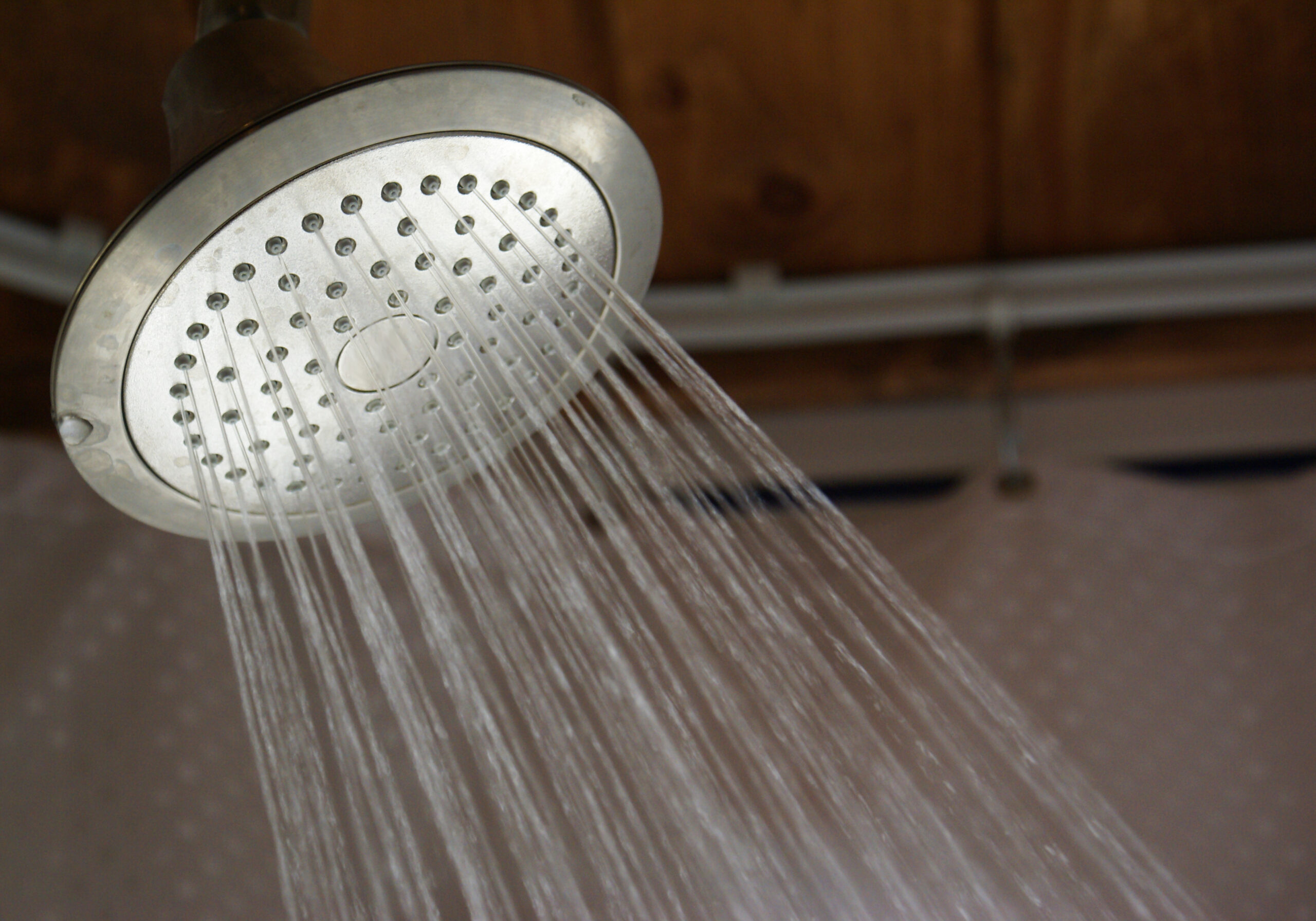
A water-saving showerhead, also known as a low-flow showerhead, is designed to reduce water consumption during showers while maintaining satisfactory water pressure. These showerheads utilize aerating technology and flow restrictors, allowing you to enjoy a refreshing shower while conserving water and saving money on your utility bills! With a lower shower GPM (gallons per minute), water-saving showerheads help minimize water waste without compromising on comfort or performance. This makes them a great addition to your home when you’re trying to live a greener lifestyle.
What is Better: A 1.8 or 2.5 GPM Shower Head?
Choosing between a 1.8 and 2.5 GPM showerhead depends on your preference for water conservation versus stronger water pressure. The GPM rating on a showerhead indicates the flow rate of the showerhead. Traditional showerheads typically have a flow rate of 2.5 GPM or higher, low-flow showerheads have a lower flow rate, typically ranging from 1.5 to 2.0 GPM.
Related Post: How to Lower Your Apartment Electric Bill
Shower Quality with Low-Flow Shower Head
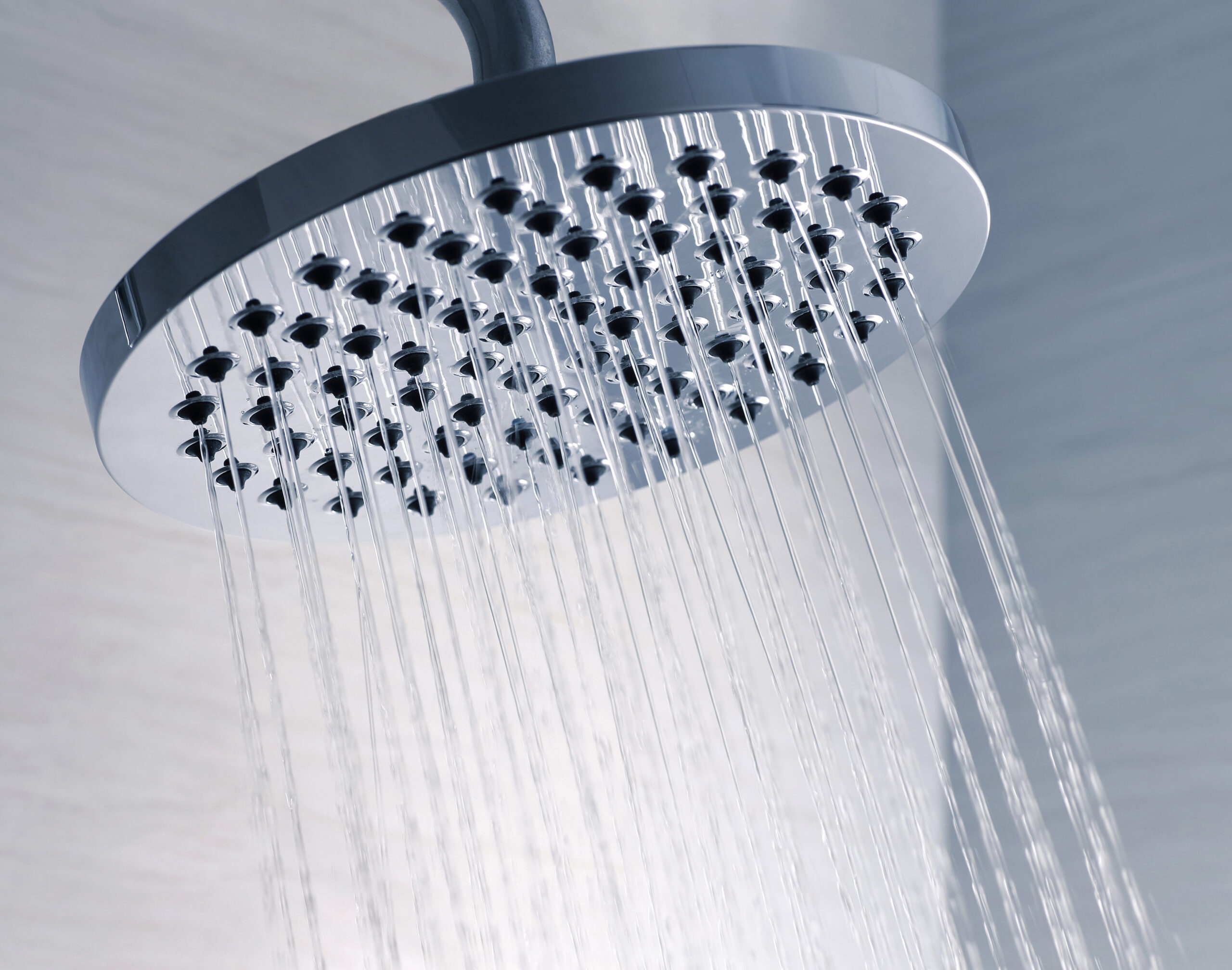
Many people are concerned that installing a low-flow shower head may result in poor water pressure when they shower. However, advancements have led to the development of low-flow shower heads that still have great pressure! With features like adjustable spray settings, aerating technology, and pressure-boosting mechanisms.
Best Low-Flow Shower Head that Doesn’t Feel Low
The Hopopro Showerhead is the best-selling low-flow showerhead on Amazon by user rating. With over 20.5k reviews and a 4.5-star rating, this low-flow shower head is easy to install and saves money and water without reducing the quality of your shower! It also comes in an array of finishes to fit your existing fixtures.
Related Post: What is a Sewer Fee?
Does a Low-Flow Shower Nozzle Save Money?
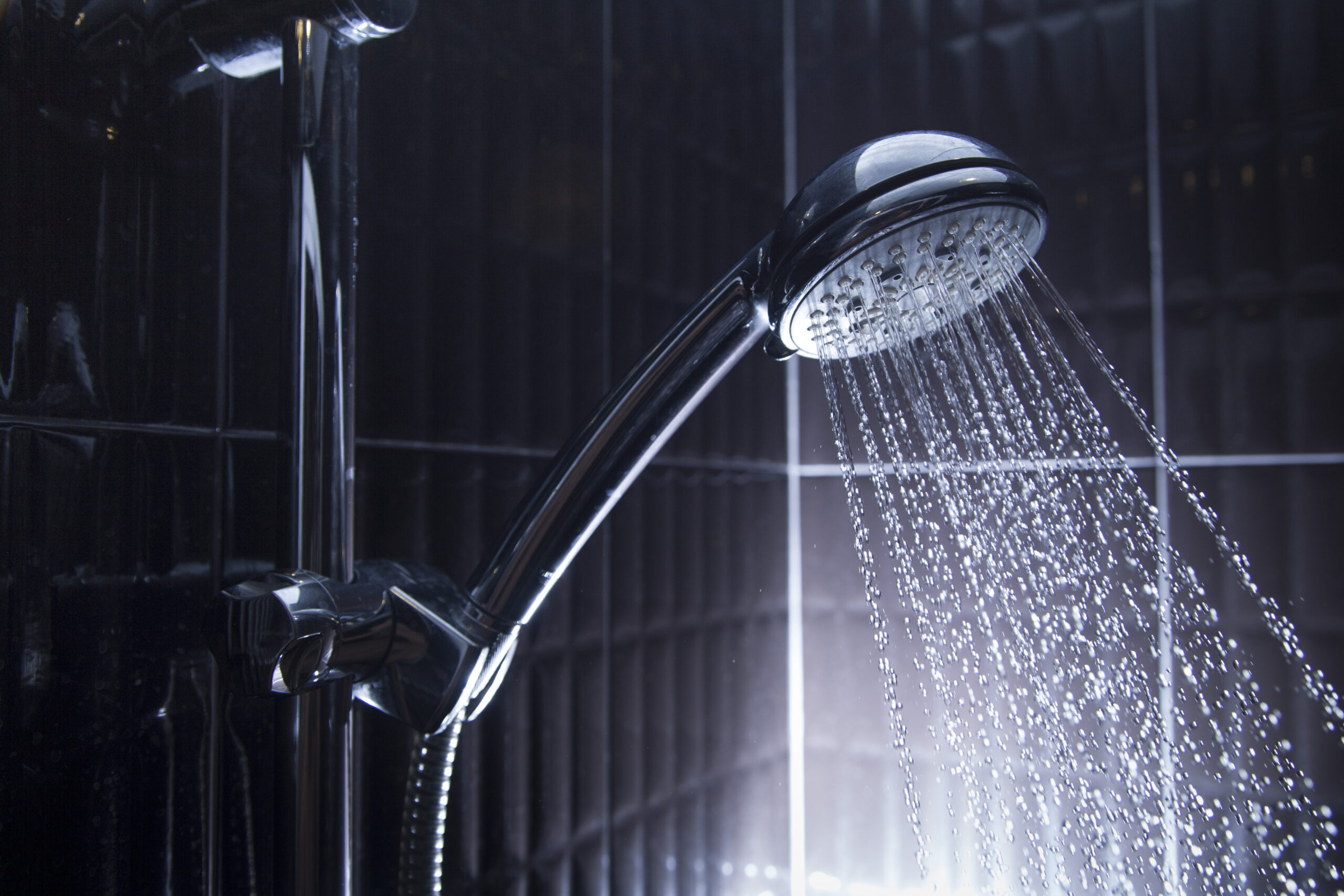
Yes, using a low-flow shower nozzle can save you money on your water bill by reducing water usage during showers. According to the Environmental Protection Agency (EPA), switching to a low-flow shower head can save the average household around 2,700 gallons of water per year, resulting in lower water bills and reduced energy costs for heating water.
How Much Money Does a Low-Flow Showerhead Save?
- 43% of your water bill is associated with shower use
The low-flow shower head will save approximately 43 percent of the water bill attributed to shower use!
Related Post: Average Hot Water Bill
How to Install a Water Saver Shower Head
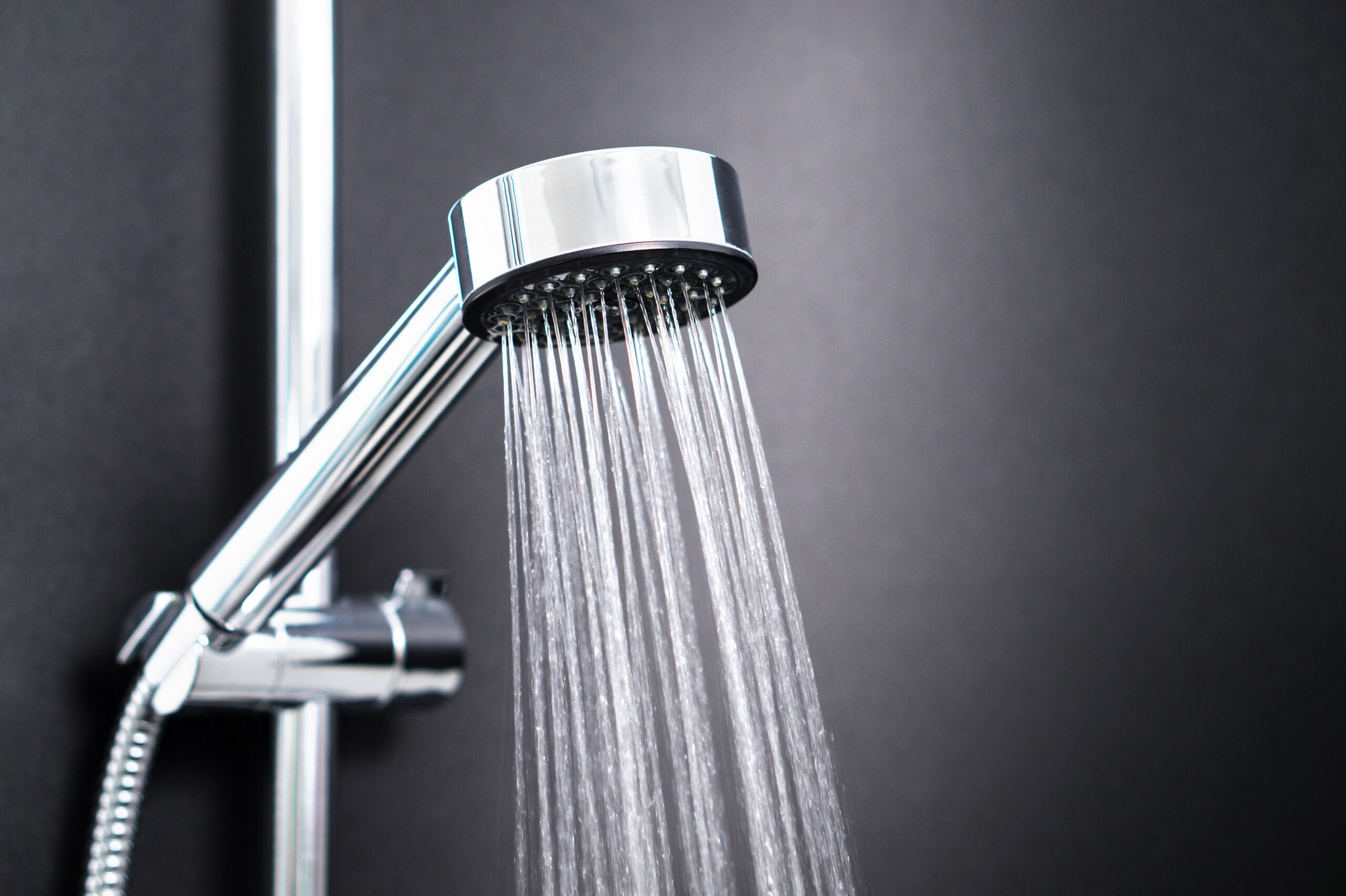
Installing a water-saving shower head is a straightforward process that can be completed in just a few minutes. Start by removing the old shower head using a wrench or pliers. Clean the shower arm threads to ensure a tight seal, then apply the plumber’s tape to the threads to prevent leaks. Screw the new water saver shower head onto the shower arm by hand, then use a wrench to tighten it securely. Turn on the water to check for any leaks, and adjust the shower head as needed for optimal water flow and coverage.
- Remove the old showerhead
- Clean the shower arm threads with a sanding cloth
- Apply plumber’s tape to the threads of the arm
- Screw on the new showerhead
- Turn the water on the check for leaks!
Low-flow shower heads offer a practical and eco-friendly solution for reducing water usage without sacrificing shower quality. By choosing a water-saving shower head and following proper installation and maintenance practices, you can enjoy a satisfying shower experience while conserving water and energy.
Related Post: Dishwashing or Handwashing Dishes: What Saves More Water?
Low-Flow Shower Head FAQ

Q: What are low-flow shower heads and faucets?
A: Low-flow shower heads and faucets are fixtures designed to reduce water usage by limiting the flow rate of water without compromising performance. They are equipped with features such as aerators, flow restrictors, and pressure-boosting technology to deliver a satisfying shower experience while conserving water.
Q: What is a typical low-flow shower head?
A: A typical low-flow shower head has a flow rate of 1.5 to 2.0 gallons per minute (GPM), significantly lower than traditional shower heads, which typically have a flow rate of 2.5 GPM or higher. These shower heads are designed to reduce water usage without sacrificing water pressure or shower quality.
Q: How do I know if I have a low-flow shower head?
A: You can determine if you have a low-flow shower head by checking the manufacturer’s specifications or looking for a label indicating the flow rate. Additionally, low-flow shower heads often have features such as aerators or flow restrictors visible at the spray face.
Q: What is better, a 1.8 or 2.5 GPM shower head?
A: The choice between a 1.8 and 2.5 GPM showerhead depends on your preference for water conservation versus stronger water pressure. While a 1.8 GPM shower head saves more water, a 2.5 GPM showerhead may provide a stronger shower experience. Consider your priorities and needs when selecting the right shower head for your home.
Do you Need Cheaper Electricity?
If you’ve taken the time to understand the information on your bill and discovered you’re paying more than you’d like for your electricity, have you looked around for a cheaper deal? The Energy Professor has a wealth of information on ways to save on your utilities, including details of top deals that could significantly reduce your monthly or quarterly electricity bills.
We hope you found this article helpful! If you are looking for ways to increase energy efficiency and sustainability in your home be sure to take a look at all of the latest renewable energy options in your area. The Energy Professor helps residential and small business owners find qualified energy suppliers in New York, New Jersey, Pennsylvania, Texas, Ohio, Maryland, Illinois, and Massachusetts.

